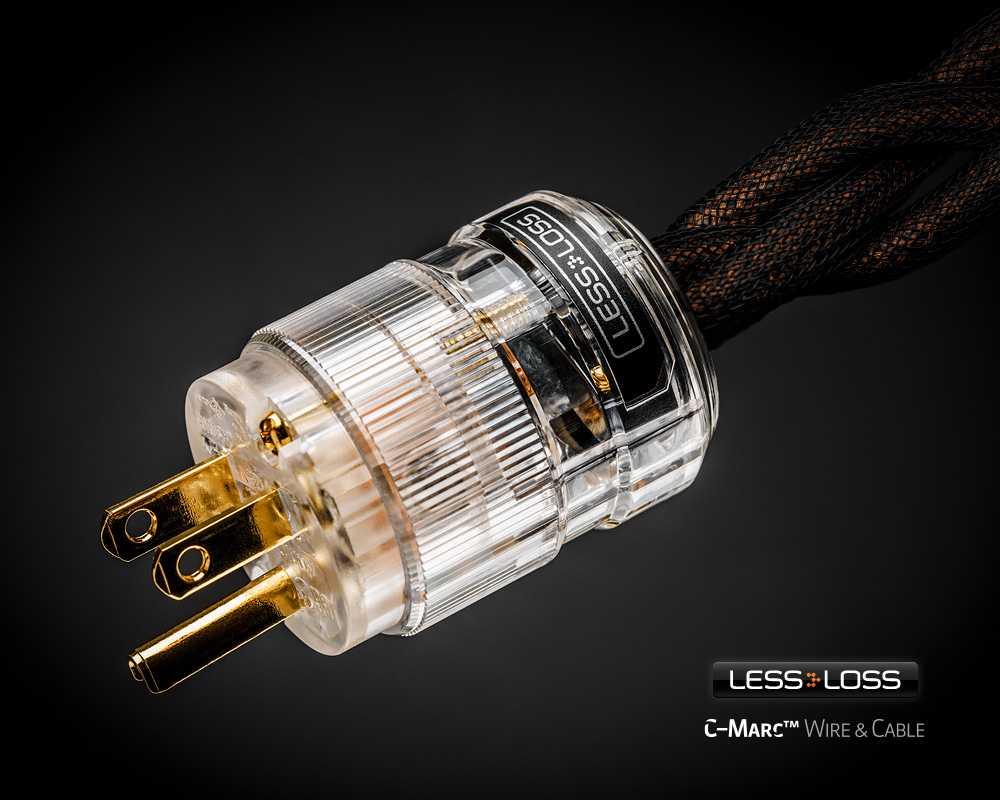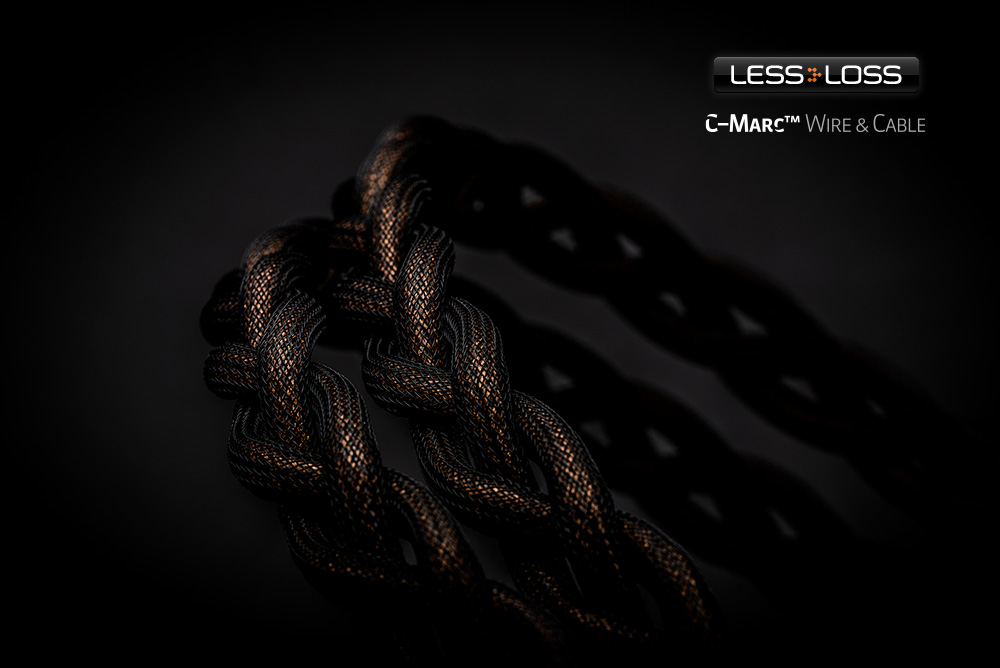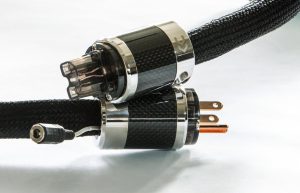What do you cleverly call a company that has at its core value the maximum extraction of auditory information from any given signal? LessLoss. Get it? Less Loss. Having written and opined about Louis Motek's (full name Liudas Motekaitis) ingenious designs many times over the past ten, fifteen years, I have come to realize that in many ways Louis is equal parts disruptor and contrarian. Through his venture, he somehow manages to see ahead, create new and genuinely improved technologies, disrupt the existing norms while at the same time vocalizing his seemingly at times unorthodox views.
To boot, his online portal—as he calls it, his "world-wide show room", is among the best organized and well-lit places you are likely to find. When, after having successfully used and generally felt extremely positive praise worthy of his DFPC power cables, I saw a note early in 2017 that an all new set of cable geometries and designs where near his launch pad, I immediately penned a quick congratulatory email with the requisite "formal review" request. Ever the leader of developing cables that fundamentally deal with today's overloaded electro-magnetic environments, C-MARC is simply the latest and greatest to exemplify this quest. To quote from their website, "C-MARC™ is a new type of Litz wire. C-MARC's noise reduction is based on the bucking coil method using two counter-polarized coils. Every strand's clock-wise turn aligns with a corresponding counter-clockwise turn of exactly mirrored diameter and step. The two resulting counter-polarized coils are mutually superposed. A second-scale fractal replication of the already bucking coils is then repeated. Through electrical cancellation of the induced noise, C-MARC™ provides an enormous signal-to-noise ratio in today's demanding environment." While I am certainly not a know-it-all-forum-hawg, I will leave these claims to mean what they are supposed to—scientifically valid.
Fast forward to March of 2018 and seemingly from nowhere, a FedEx international delivery slip magically cued itself into my usually busy inbox. "What's this?", I said almost out loud, realizing no one would really care otherwise. Funny how things happen. A further clue as to the origin of the package was country of origin, Lithuania. Since Mozartkugeln are from Salzburg, Sacher tortes from Vienna, and Greek coffee from Greece, this could really only mean one thing: Louis Motek promptly dispatched 3+1 C-MARC cables for review (from $1148 for the AC and from $510 for the digital). Said cables arrived within a few days and immediately struck me as similar, yet different from my past Lessloss DFPC power cables. Where the old ones where rather stiff, dare I say semi-flexible, the new C-MARC cables immediately stood out as more flexible and therefore user friendly... in HiFi speak. The +1 cable referred to my original quest for a digital cable to leash my new EINSTEIN CD Player (which by the way only does one thing, and one thing very well: it plays Compact Discs) to my Auralic Vega G2 for comparison purposes. Said +1 digital cable was also—of course—a C-MARC powered super leash, thus quickly raising anticipatory indulgences of the usual how, who, and what.
In the end, what matters most of course is what these improvements in cable geometries actually sound like, which in the case of C-MARC frankly left me somewhat dumbfounded and grasping for words. No sooner had I connected these C-MARCs to my reference EINSTEIN OTL Silver Bullet Mk II monoblocks and EINSTEIN The Preamp preamp did I notice a profound uptick in dynamic vibrancy and far greater detail retrieval. "This can't be…", I mentally jotted. Fair enough, out with the new, back in with the old Nordost Frey II power cables which have served me well for the past few years. Clean, neutral, ever so slightly lighting up the presence region, I knew Frey II well. What I obviously didn't know was what wasn't there in first place. Apparently, the play on words having come full circle: there simply appeared less loss with C-MARC, notes in form of electrical currents seemingly able to move far more freely from point A to B.
And the conundrum and circular cable swap began anew. Who'd have thought that Lessloss was yet again usurping the establishment? To be continued in part 2…
LessLoss









































